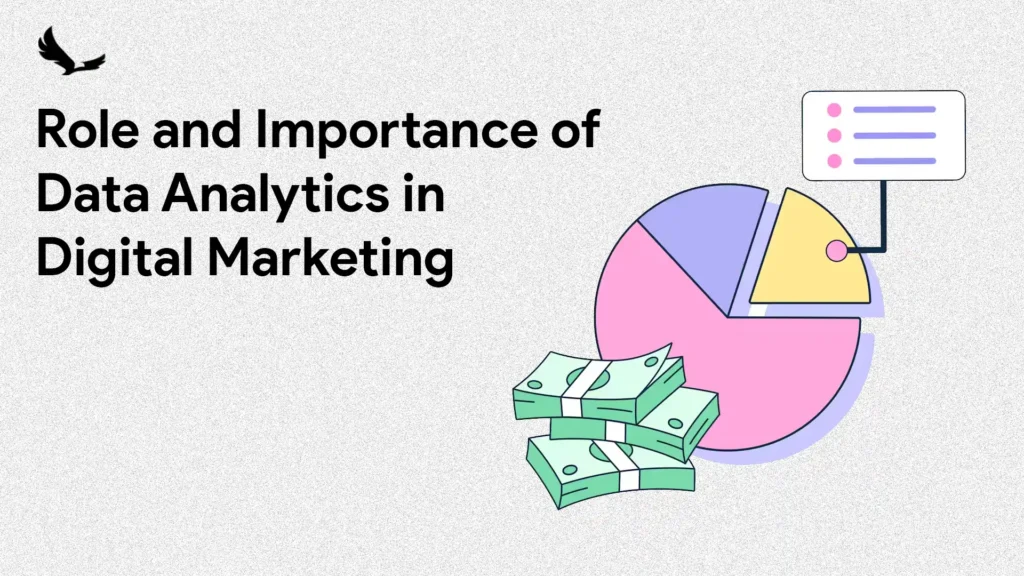The Role of Data Analytics in Media Services
In today’s digital age, data analytics has emerged as a cornerstone for decision-making and strategy formulation across various industries, including media services. By harnessing the power of data, media organizations can gain valuable insights into audience behavior, content performance, market trends, and operational efficiency. This article explores the pivotal role of data analytics in media services, its applications, benefits, and how it transforms the landscape of content creation, distribution, and audience engagement.
Understanding Data Analytics in Media Services
Data analytics in media services involves the collection, analysis, and interpretation of vast amounts of data to extract meaningful insights and drive informed decisions. This data encompasses viewer demographics, content consumption patterns, social media interactions, advertising effectiveness, and more. By leveraging advanced analytics techniques and technologies, media companies can optimize content strategies, enhance audience engagement, and maximize revenue generation.

Applications of Data Analytics in Media Services
- Audience Understanding and Segmentation:
- Behavioral Analysis: Analyzing viewer behavior across platforms to understand preferences, interests, and viewing habits.
- Segmentation: Segmenting audiences based on demographics, psychographics, and engagement metrics to tailor content and marketing strategies.
- Content Optimization:
- Performance Analysis: Assessing the performance of content assets, such as articles, videos, and podcasts, to identify top-performing topics, formats, and distribution channels.
- Recommendation Engines: Implementing personalized content recommendations based on user preferences and historical behavior to increase engagement and retention.
- Advertising Effectiveness:
- Campaign Analytics: Measuring the impact and ROI of advertising campaigns through metrics like click-through rates (CTR), conversion rates, and cost-per-acquisition (CPA).
- Targeting Optimization: Using data analytics to optimize ad targeting strategies, ensuring ads reach the most relevant and receptive audiences.
- Operational Efficiency:
- Resource Allocation: Optimizing resource allocation and budgeting based on data-driven insights into production costs, audience reach, and revenue potential.
- Workflow Optimization: Streamlining workflows and content production processes to improve efficiency and time-to-market through data-driven optimizations.
Benefits of Data Analytics in Media Services
- Enhanced Audience Engagement: By understanding audience preferences and behaviors, media companies can deliver personalized content experiences that resonate with viewers, leading to increased engagement and loyalty.
- Improved Content Strategy: Data analytics enables data-driven decision-making in content creation, distribution, and promotion, ensuring that media organizations produce relevant and impactful content that meets audience demand.
- Revenue Optimization: Optimizing advertising strategies and content monetization through targeted campaigns and personalized offerings, maximizing revenue opportunities and ROI.
- Competitive Advantage: Leveraging data analytics provides media companies with a competitive edge by identifying emerging trends, anticipating market shifts, and responding swiftly to changing audience preferences.
Evolving Trends in Data Analytics for Media Services
Looking ahead, data analytics in media services is poised to evolve with technological advancements and shifting consumer behaviors:
- AI and Machine Learning: Integration of AI-powered algorithms for predictive analytics, content generation, and audience segmentation.
- Real-Time Analytics: Implementation of real-time data processing capabilities to enable instant insights and responsive content strategies.
- Data Privacy and Compliance: Focus on data privacy regulations (e.g., GDPR, CCPA) and ethical use of data to build trust with audiences and comply with legal standards.
- Cross-Platform Integration: Seamless integration of data analytics across multiple platforms and devices to provide a unified view of audience interactions and content consumption habits.
Conclusion
Data analytics has become indispensable in empowering media services to thrive in a competitive and dynamic digital landscape. By leveraging data-driven insights, media organizations can enhance audience engagement, optimize content strategies, and drive business growth effectively. As technology continues to advance and data analytics capabilities evolve, the role of data in shaping media services will continue to expand, offering new opportunities for innovation, personalization, and strategic differentiation in the industry. Embracing data analytics is not just about leveraging data; it’s about harnessing its transformative power to create compelling content experiences and sustainable business success in the digital era.


